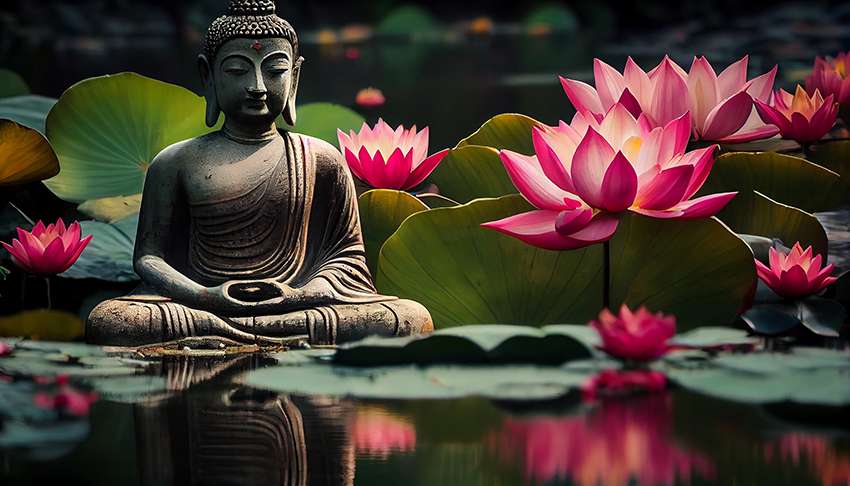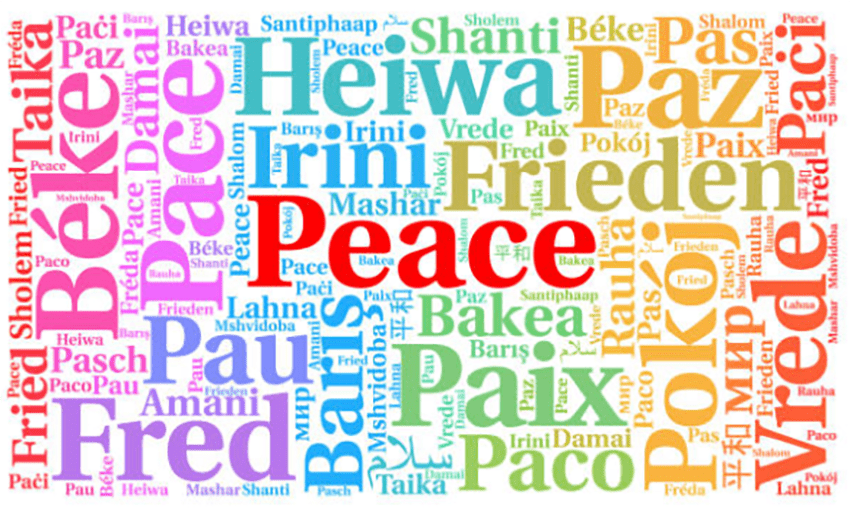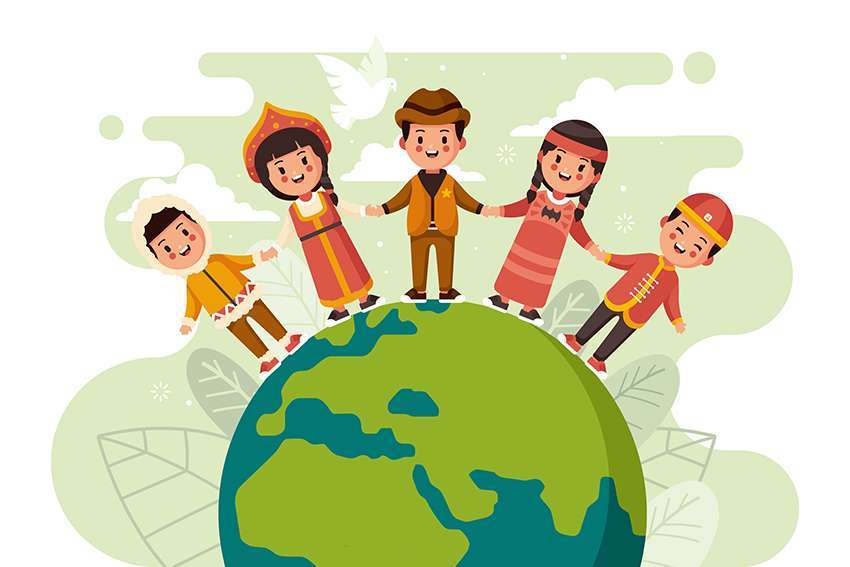What is a peaceful future? Indeed, it is the absence of conflict.
What Is Conflict?
What, then, is conflict? Conflict can be internal or external. In fact, it can occur in a family, community, between friends or strangers, and at a city, state, national, or international level. Indeed, it can happen because of differences in beliefs, interests, or resources. Furthermore, conflicts can be verbal or physical and can be either constructive (leading to positive outcomes) or destructive (causing harm). Resolving conflicts involves finding peaceful solutions through methods like negotiation and mediation.
It’s important to note that conflict is often seen as a ‘complex wicked problem,’ a term referring to intricate issues involving numerous interconnected factors and stakeholders. Often, the solution may cause other problems in related areas.
Paloma’s story*
Paloma trudged down the arid track, shoulders hunched, eyes glued to the ground. Dust infiltrated her lungs with every step she took and she couldn’t help but cough. She quickly covered her mouth and pulled her wide-brimmed hat low over her head to block the glaring sun. Hands shoved her forward. Paloma stumbled and fell, dropping her satchel. Its meagre contents spilled onto the ground.
“Get up, coward, and fight me,” Beffa yelled.
Paloma reached for her belongings. Beffa kicked them away.
“Stop that, please,” Paloma pleaded.
“Not until you fight me. If you win, you can keep your things. If I win, I take everything you own.”
“I don’t want to fight you.”
“Then I’ll take your things anyway,” Beffa teased.
“Why? You took my things last week. Don’t you have enough? What did I do to you?”
“Because you don’t do what I tell you.” Beffa ripped Paloma’s hat off her head and tossed it into the prickly scrub. Beffa grabbed Paloma by the hair and yanked her head to face her. “Fight me, coward.”
To be continued…
*Paloma’s story is a work of fiction, including characters, circumstances, and location.

Source: Freepik.
What is A Peaceful future?
There are many different interpretations of what peace means.
In fact, it is a state of tranquillity or quietness, often defined as the absence of violence, conflict, or disturbance. Also, it can refer to a state of harmony and understanding between people, nations, or groups, characterised by mutual respect, cooperation, and an absence of hostility. Furthermore, peace can also mean inner calm and mental serenity within an individual.
In a broader context, peace involves social justice, human rights, and the absence of fear or oppression. Often, achieving peace requires efforts to resolve conflicts, promote understanding, and foster cooperation among different parties.
Why Should We Focus on A Peaceful Future?
It is essential to focus on a peaceful future because, without it, everyone suffers. Unity, cooperation, and partnerships—whether between individuals, organisations, or nations—are vital to ensuring the world has a future. Furthermore, how can any society live if it is tearing at the throats of another or being ripped apart through conflict? How can trust be built without peace? In conclusion, without peace, there is no win-win.
Peace is a vital component necessary to creating a thrivable future for everybody and if even one person misses out, it’s one too many. Moreover, every person on Earth deserves the opportunity to live a bright, abundant, healthy, and productive life. That includes the marvellous people reading this article and the person writing it. You deserve a peaceful life, homeless people deserve it, starving families deserve it, and so do I, the dedicated volunteer. We all do. It is crucial we work together as a cohesive whole to achieve this outcome for the benefit of everybody.
Achieving a peaceful future will take a concerted effort from all of humanity. However, this will not be easy to gain. It is crucial for individuals, organisations, and nations to put aside ego, greed, personal gain, hatred, envy, and malice. Virtues such as tolerance, respect, kindness, compassion, mercy, and understanding (along with forgiveness) will be important facets of realising peace.
Moving Forward: A Peaceful Future
Paloma’s story
…continuing:
Paloma locked eyes with Beffa. There was no warmth within them. “No. I will not fight you.”
“Why not? Because you’re a coward. That’s why,” Beffa retorted.
“No. Because I would hurt you. Then I would get in trouble. So, I will not fight you.”
Beffa’s jaw dropped. “You would hurt me?”
“Yes. I have done martial arts.”
“So, then, fight me.”
“No. Because learning to fight means understanding that peace is always the best and most viable option.”
“Peace: what is it? Teach me. I want to learn.” Beffa grinned, a sparkle igniting in the depths of her eyes. She collected Paloma’s belongings and returned them to her. “I’m sorry. Let’s be friends.”
Tentatively, Paloma smiled.

Source: iStock.
A peaceful Future: How does it link to the United Nations Sustainable Development Goals?
THRIVE focuses this month on Sustainable Development Goals 16 and 17. Peace is essential for achieving SDG 16, which focuses on creating peaceful, just, and inclusive societies. When there is peace, societies can concentrate on improving education, healthcare, and reducing poverty and inequality. A peaceful future also allows for the establishment of fair laws and effective governance, building trust between people and their institutions. In simpler terms, peace is the key that unlocks progress, making it possible for communities and nations to work together for a better future.
SDG 17 is strengthening global partnerships for sustainable development. Indeed, peace, stability, and good governance are essential elements for achieving this goal. Peace, in the context of SDG 17, is crucial for fostering global partnerships, promoting economic growth, and ensuring the well-being of people and the planet, ultimately contributing to sustainable development.

Source: Freepik.
A Thrivable Framework
Complex Wicked Problems
Conflict is a complex wicked problem because it involves a multitude of interrelated factors that are often deeply rooted in social, political, economic, and cultural contexts. In fact, unlike simple or complicated problems, wicked problems, such as conflicts, lack clear boundaries, making it difficult to define or frame them in a way that fits all perspectives. Additionally, the stakeholders involved in conflicts often have conflicting interests, values, and goals, further complicating the situation.
Solutions to conflicts are rarely straightforward and can have unintended consequences, making it challenging to predict the outcomes of different interventions. Moreover, the dynamic and evolving nature of conflicts means that what works in one situation may not be applicable in another. Addressing conflicts requires a nuanced understanding of the underlying causes, careful consideration of diverse perspectives, and adaptive, context-specific approaches, making it difficult to tackle effectively.
Complex wicked problems are also one of THRIVE’s 12 Foundational Focus Factors (FFF) which underpin the Framework. The FFFs are theories and guidelines that can steer humanity; navigating and charting ways of living and working through crises, natural disasters and climate change.
Systems Thinking
Systems thinking, another one of THRIVE’s 12 FFFs, is an approach that involves taking a holistic view of the existing challenges afflicting the entire system. Indeed, in the case of humanity, the system involves people, our environment, and multiple species of flora and fauna. Furthermore, systems thinking is a crucial element in addressing conflicts, as it necessitates the exploration of diverse viewpoints among stakeholders. This process involves negotiation, compromise, and the establishment of agreements to facilitate a peaceful world.
The Framework
THRIVE stands for The Holistic Regenerative Innovative Value Entity. It forms the basis for the THRIVE Framework and is a transdisciplinary, holistic modelling system. Likely outcomes of actions can be modelled well before they occur. The purpose of the THRIVE Framework is to help measure the potential of initiatives taken today.
THRIVE is committed to advocating for peace. Indeed, at THRIVE, we believe that humanity can thrive by harnessing the knowledge and resources at our disposal. Our framework extends beyond sustainability to embrace the concept of “thrivability”. THRIVE not only educates but advocates by being the voice for those who have no platform.
Humanity has the capacity to thrive when it is at peace, rather than merely surviving. In fact, the THRIVE Framework rigorously assesses issues and explores potential solutions. Furthermore, through peaceful collaborations and partnerships, we move from a state of scarcity to a state of ‘Thrivability’.
THRIVE’s logo, a ciambella chart, outlines two important boundaries for humanity to adhere to. These boundaries are a social floor, denoting the minimum for humanity’s survival; and an environmental ceiling, where humanity takes too much from the environment. Peace will help in our quest to ensure that everyone’s needs are met without overexploiting the environment. Furthermore, people will no longer be driven to take beyond what the environment can replenish.
As part of THRIVE’s commitment to advocate, research, and educate you will find our blog, and YouTube channel valuable resources. For monthly question-and-answer sessions from experts in their fields, please sign up for our webinars. If you are an audio learner, feel free to follow our podcast series. Furthermore, for regular updates, you can sign up for our newsletter.























